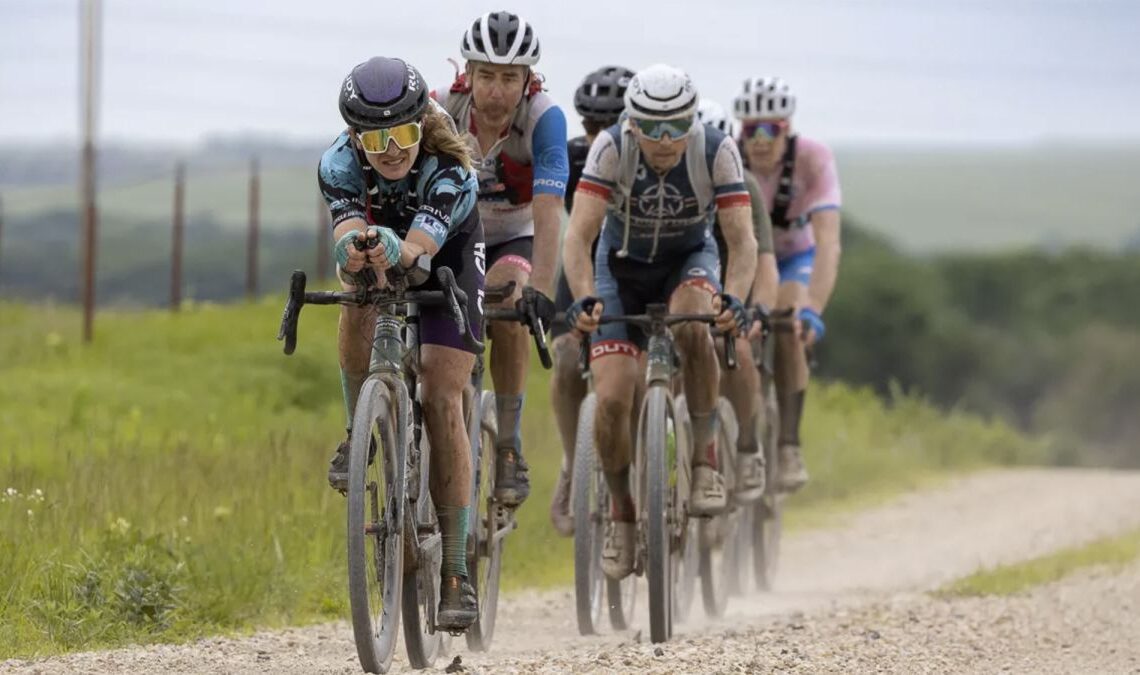June is upon us, and that means the 2023 Garmin Unbound Gravel presented by Craft is only a few days away. The athletes have been preparing for this moment for months and years, and at this point the preparation is essentially done. With only a few days before the starting gun goes off, all that’s left to worry about is the weather. The likely thunderstorms, and subsequent mud, could very well change the outcome of the race. The rain could mean a change of tactics or a different tyre choice and, especially for those competing in the 350-mile Unbound XL, the best waterproof jackets could become an important part of the technology choices for this year’s race.
In fact, as Unbound has gained status over the years the race has become a place where technology choices have become more and more interesting. Greater status means more competition and more fans. The increasing scrutiny has opened an opportunity for brands to call attention to gravel technology of all kinds. At the same time, tighter competition means less room for error. With such a high level of competition, even small choices could prove to be the difference between a win or a loss. So, what can we expect to see for 2023?
The rule changes setting the tone
Each year brings small innovations through new bikes and new strategies. Athletes and brands will attempt to gain whatever small advantages are possible by building on strategies proven to work. Generally though, it takes a rule change before we see a drastic change in strategies. This year, we got a rule change.
In an effort to boost safety, two linked changes are set to alter the way Unbound athletes approach the race. The first change is that, for the first time in the history of the Unbound race, riders will start in waves. The third wave will continue to be a mass start for amateur riders but that start will now come 10 minutes after the elite men’s field has already started racing. Elite women will start two minutes behind the men’s field and eight minutes ahead of amateur riders.
The second new rule states that competitors in the elite field, both men and women, will no longer have the option of using aerobars or bar extensions. It’s this change we expect to be the driver of real technological changes for gravel cycling. Over the last few years, aerodynamics has become increasingly more important and it’s difficult to match the gains possible through the use of aerobars. It leaves the open question of what will competitors turn to as…
Click Here to Read the Full Original Article at CyclingNews RSS Feed…

